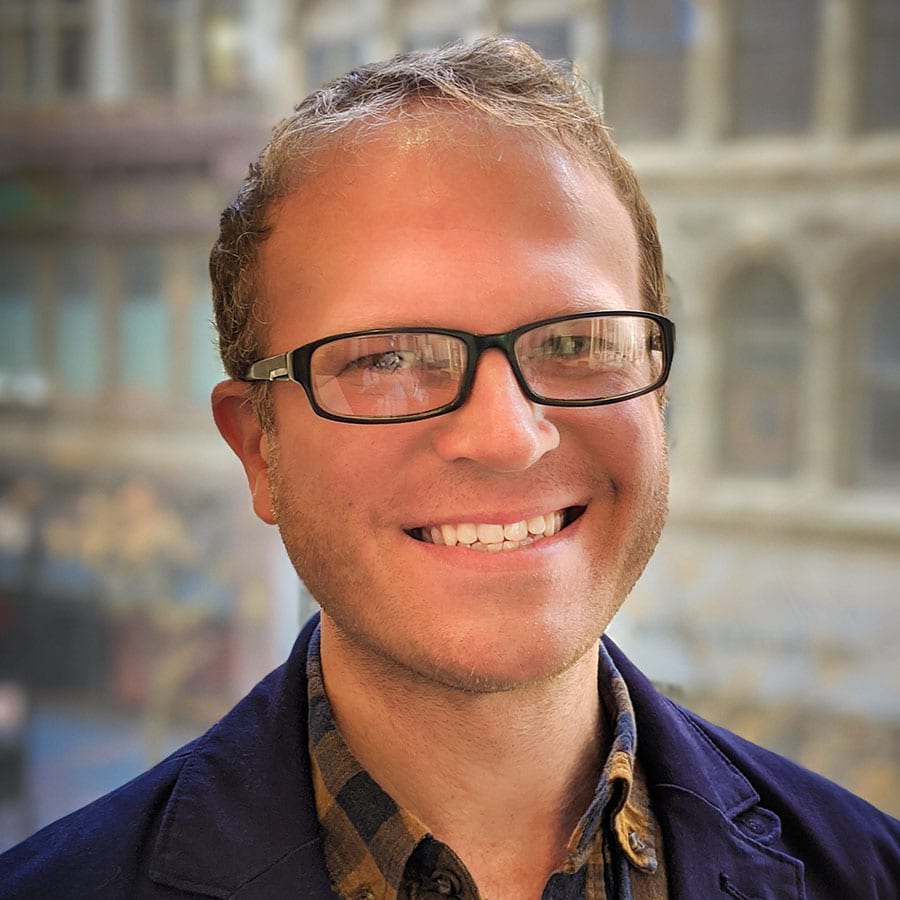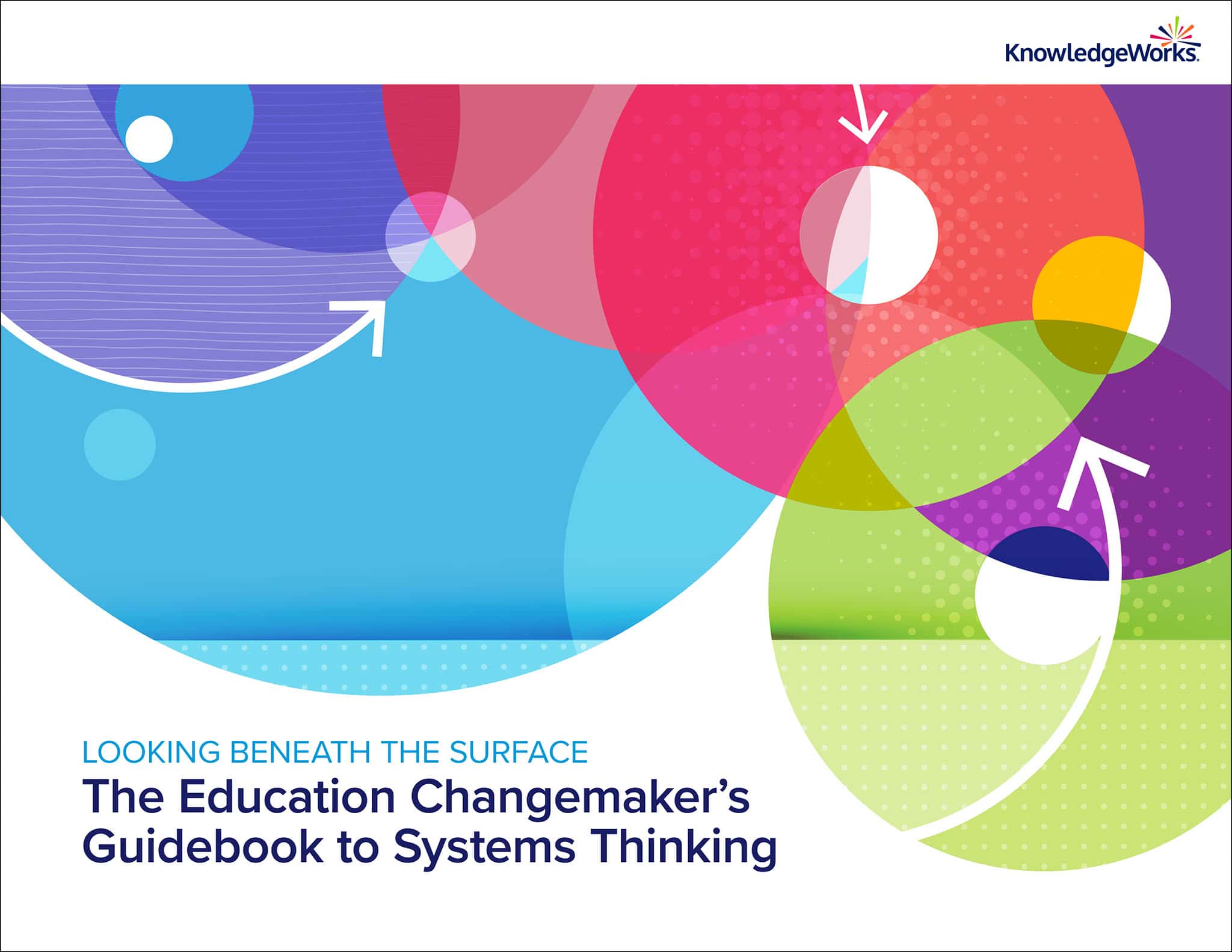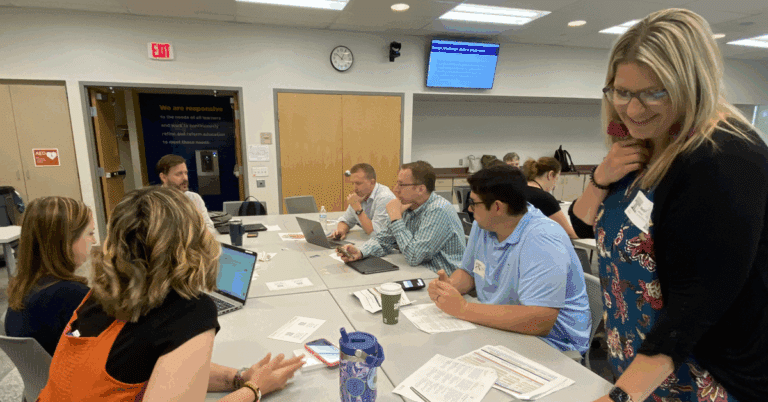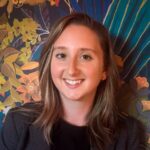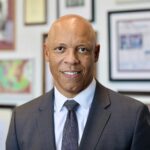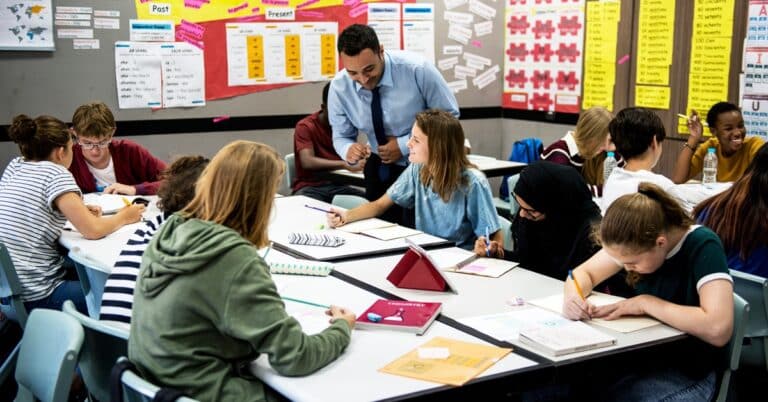When we think of advocacy, we tend to think of formal strategies like writing and calling your elected officials. But there are endless creative ways to effectively advocate for change. The arts, music, paintings, sculpture, dance, have long been used as tools to create change.
Music is advocacy in its purest, most effective form, replicating a message far and wide through repetition – on the radio and person-to-person in communities. Music amplifies a specific message with specific words. That’s what makes music a driving force in movements. It’s what Zelphia Horton recognized when she helped shape the influence of the Highlander Folk School. Black American musicians such as Mahalia Jackson, Nina Simone and Billie Holliday were pivotal in delivering the message of civil rights to a broader audience that included White people.
Folk artists have been creating change through advocacy in communities for centuries. In Great Britain, musicians and artists have been joining forces with communities to enact policy change for the environment with great impact.
Breathing life into a dying island
On the Fair Isle in Scotland, the sand eels disappeared and then the kittiwake birds disappeared from 19,340 in 1988 to 771 in 2013. And local fisherman with generations of traditional, sustainable fishing knowledge could no longer make a living. Industrial overfishing disrupted the island’s economy and ecosystem. So musician cousins Inge Thomson and Lise Sinclair worked with their own community and scientists at the Fair Isle Bird Observatory to learn and interpret the local and scientific knowledge.
Thomson said of the process in Karine Polwart’s essay “Find the Ground” in Antlers of Water: “If you’re making a piece of music about a place, based on speaking to people, they have stories, they have their own emotional connections. It opens up a dialogue on something much deeper than you’d get in a consultation meeting or on a form. There’s a kind of trust that doesn’t happen in a courtrooms or boardrooms.”
This community-driven process resulted in an album, Da Fishing Hands. Thomson and her band held the packed release party for the album at the Fair Isle community hall in May 2014. Two years later, after a community-led campaign, the Fair Isle was designated a Marine Protected Area. Later a new organization was created to maintain the island’s environment. Now, the eels and fish – and the birds that eat them – are returning. And so are job opportunities.
Giving justice for trees
The city council of Sheffield, England, began cutting down streets’ trees to cut costs on infrastructure maintenance. Workers and residents alike united to protest felling the trees, temporarily halting the plan’s implementation. Multimedia nature writer Robert Macfarlane wrote an open-source poem “Heartwood” for the Sheffield Tree Action Groups, taking on the voice of one of the trees. Then artist Nick Hayes designed the poem as a public flyer, and Macfarlane’s Lost Words co-creator Jackie Morris designed a charm to hang on branches.
The poem quickly took hold in Sheffield, the broadsides appearing along the streets and the charms on the trees. The poem became the community anthem and the center of the Sheffield Street Tree Festival in September 2018, where other folk artists, policymakers and foresters appeared alongside Macfarlane, Hayes and Morris. The poem even inspired the creation of the Sheffield Heartwood Choir.
I wrote a poem for the Sheffield Tree Protestors called “Heartwood”,
in defence of trees facing unjust felling anywhere in the world. The artist Nick Hayes made a broadsheet poster of it. Inexplicably, two nights ago huge versions of Heartwood began to appear around Sheffield… pic.twitter.com/FBrhqfKMUR— Robert Macfarlane (@RobGMacfarlane) November 13, 2018
Macfarlane’s Lost Words book, about the disappearance of common natural world words from children’s dictionaries, has additionally transformed communities through bringing attention to the natural world around us with art – including sculptures, hospital wall murals, card games and music records.
In the following years, the city council awarded wrongful arrest payouts to protestors, were investigated and found to have deliberately mislead residents about the tree-felling program and formally apologized. After the city council reconsidered stakeholders and collaborated with the Sheffield Tree Action Groups to shape the final plan, the Woodland Trust funded the Treevitalise program, in which the Sheffield City Council agreed to implement and plant 50 million more trees by 2025. The program is meant to “engage citizens in the planting, care and appreciation of their trees, woods and greenspaces,” wrote Rob Parsons. “Local officials hope the money allow city teams to create community orchards, run sessions with schools and hold public events to celebrate trees.” Sheffield residents are even working with the city council to place signage by trees to give their historical context and new life to the trees.
When birds and humans sing the same song
Songbirds have always been a part of folk music. When Sam Lee discovered the magic of playing music with nightingales, it illuminated ideas and art. It was a way to draw attention to a fading species while discovering what it means to “decorate the silence.” The traditional British method of singing was unaccompanied, “one singer, one song,” musician Sam Lee told Emergence Magazine. “And the space you held as a singer is all about the gaps you leave, because that’s the orchestration, that’s the arrangement, that’s where the listener can enter in. That’s the invitation.” Lee learned to perform with the unexpected, since the nightingale’s song is never the same.
Since he first heard the nightingale sing, Lee has been performing concerts with the songbirds every April and May, wrote a book The Nightingale: Notes on a Songbird, organized a community sing-a-long with nightingales at Berkeley Square as part of Extinction Rebellion protests and co-produced “Let Nature Sing” – a song that through the grassroots efforts of advocates requesting it to radio charted in the UK top 20. As a result, the nightingale’s song has reached a wider audience than it has in decades – perhaps centuries. The song continues to bring attention to the declining numbers of nightingales and reconnects humans to the natural world around them.
Make your own kind of music
These community-driven advocacy strategies continue to make profound impact and change years over a decade afterwards. So here are some of the strategies we can take away from these British folk artists to create sustainable advocacy coalitions.
- Establish trusting partnerships, and reconsider stakeholders in your education ecosystem. Use community resources – including institutional, experiential and cultural knowledges – to collaborate on solutions for your community’s vision for the future.
- Decorate the silence by showing what could be. Where does your education system currently have gaps? How might personalized, competency-based learning fill those gaps?
- Elevate the voices of the songbirds – the children. Teaching and learning should be a student-teacher collaboration – and even a community collaboration – to bring out the best in everyone.
- Find the heartwood. Find the emotional spark in your education community to help people care and connect.
- Make your own kind of music, as Mama Cass suggested. Celebrate new or different opportunities for having your voice heard by getting involved where you can use your talents best.
We don’t need the perfect song to advocate for personalized, competency-based learning, though perhaps a student will be able to compose the perfect song because of it. But song-based advocacy movements represent the impact of a community rallying around one cause with one message, passionately declaring a future they want to see.
Horton had told her students at Highlander Folk School, “There is only one thing people must have in common before they can sing together: that is that they believe in something.” Every education community is different and has different needs, so what is your song? Who will help you sing it?
What’s your “Why?” What does your community believe in?
